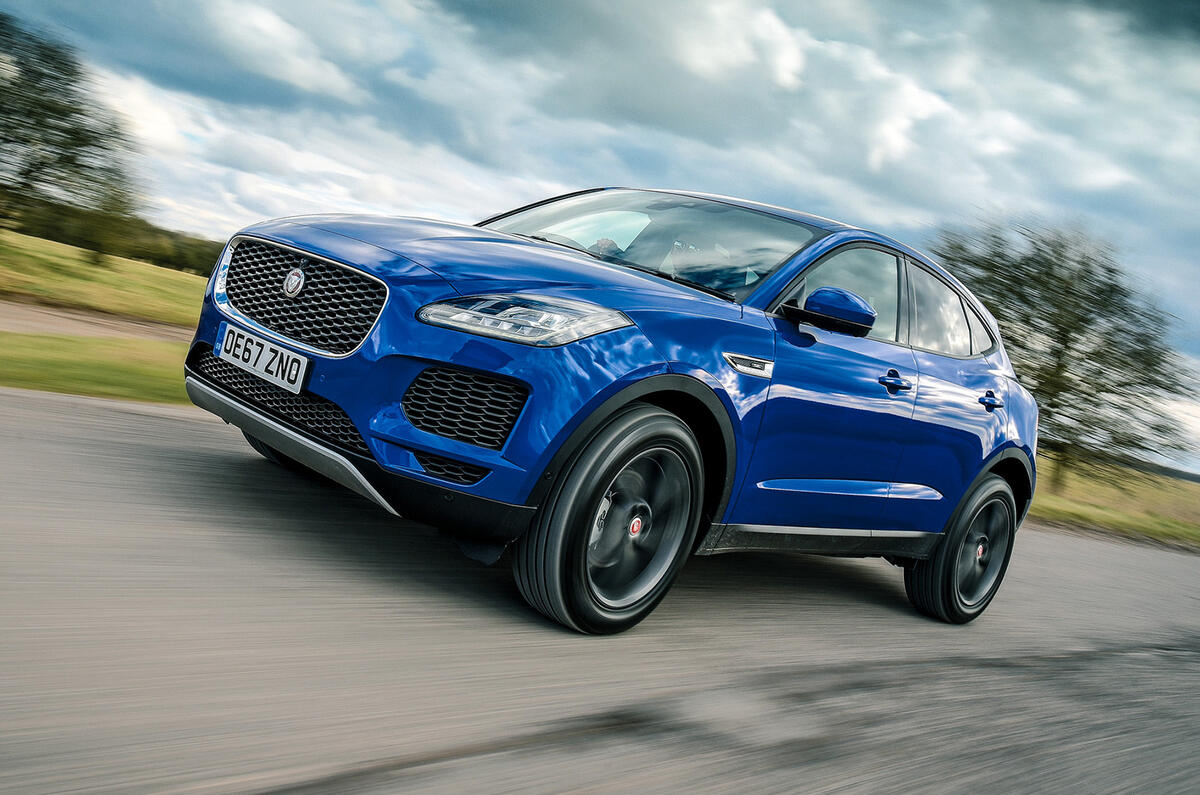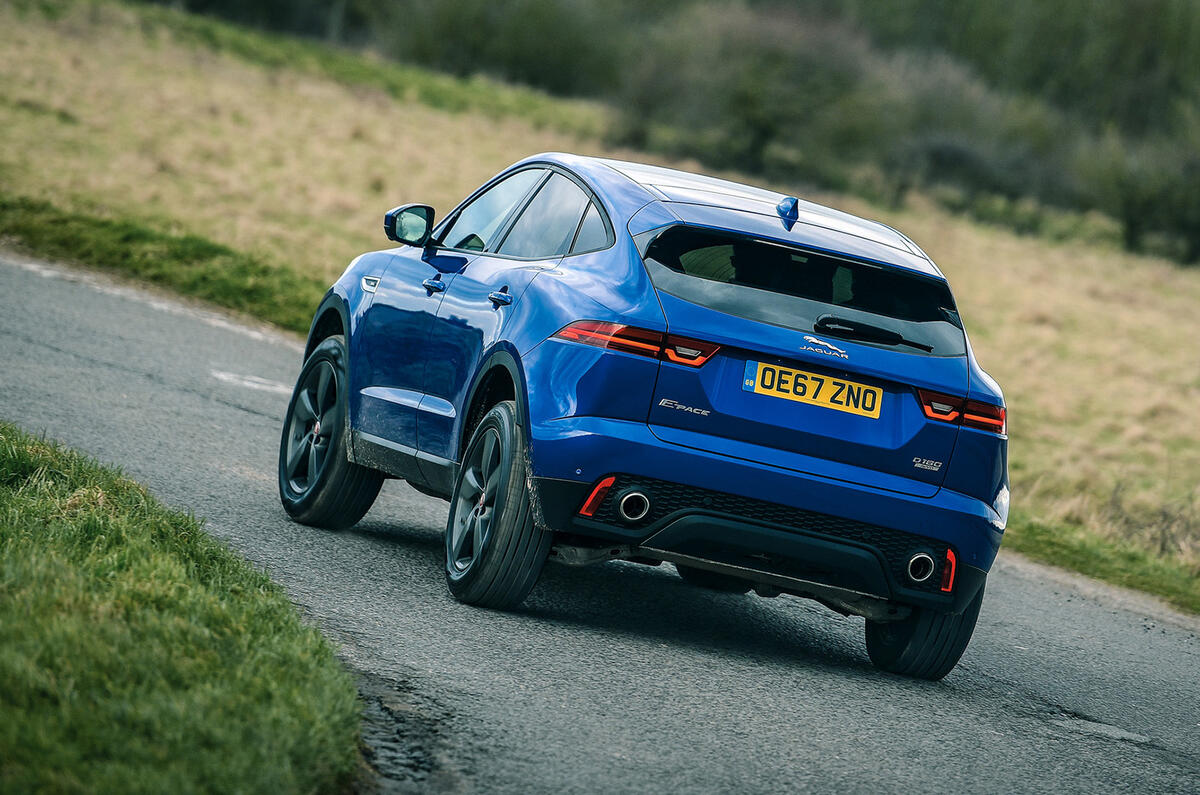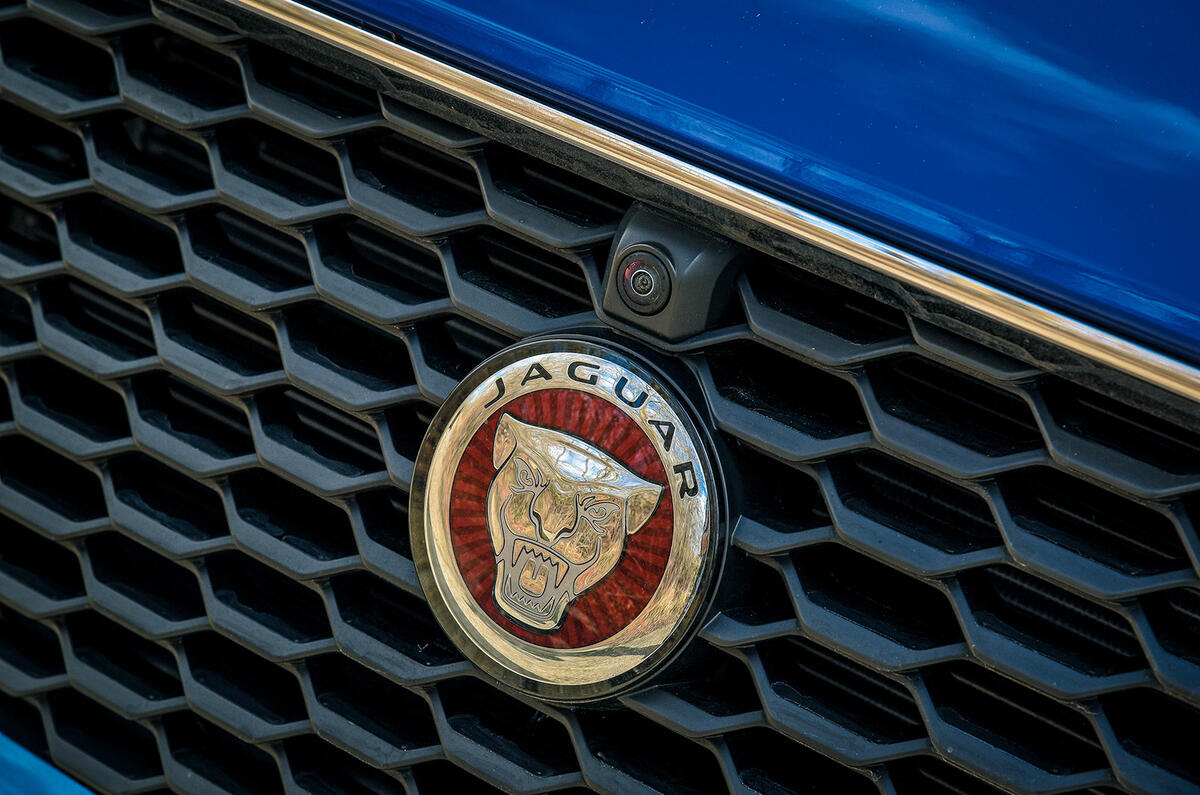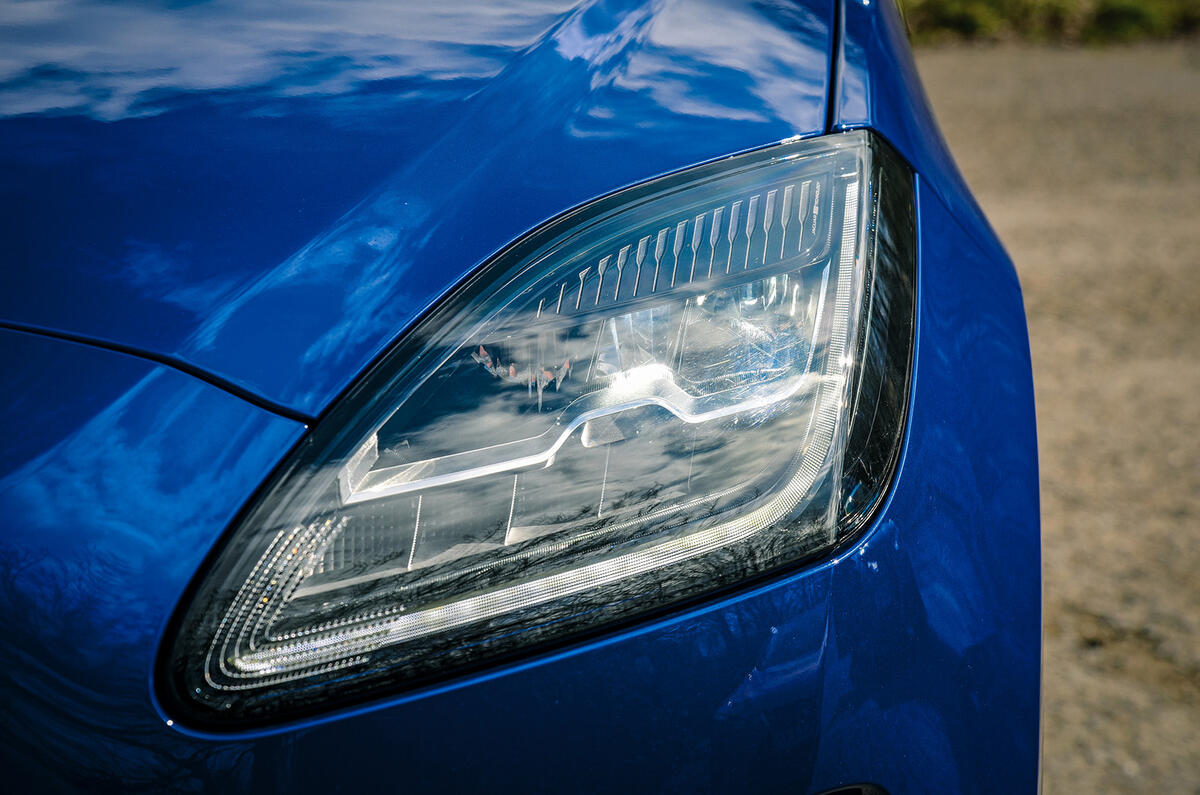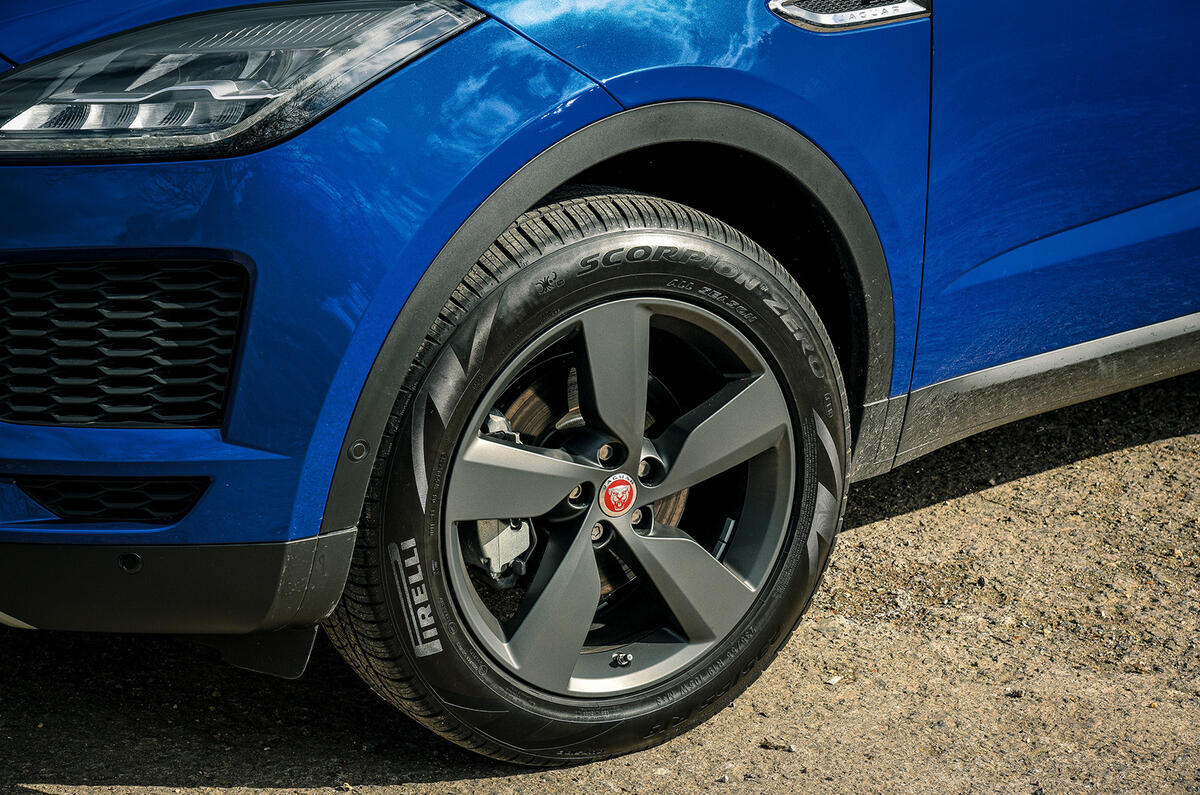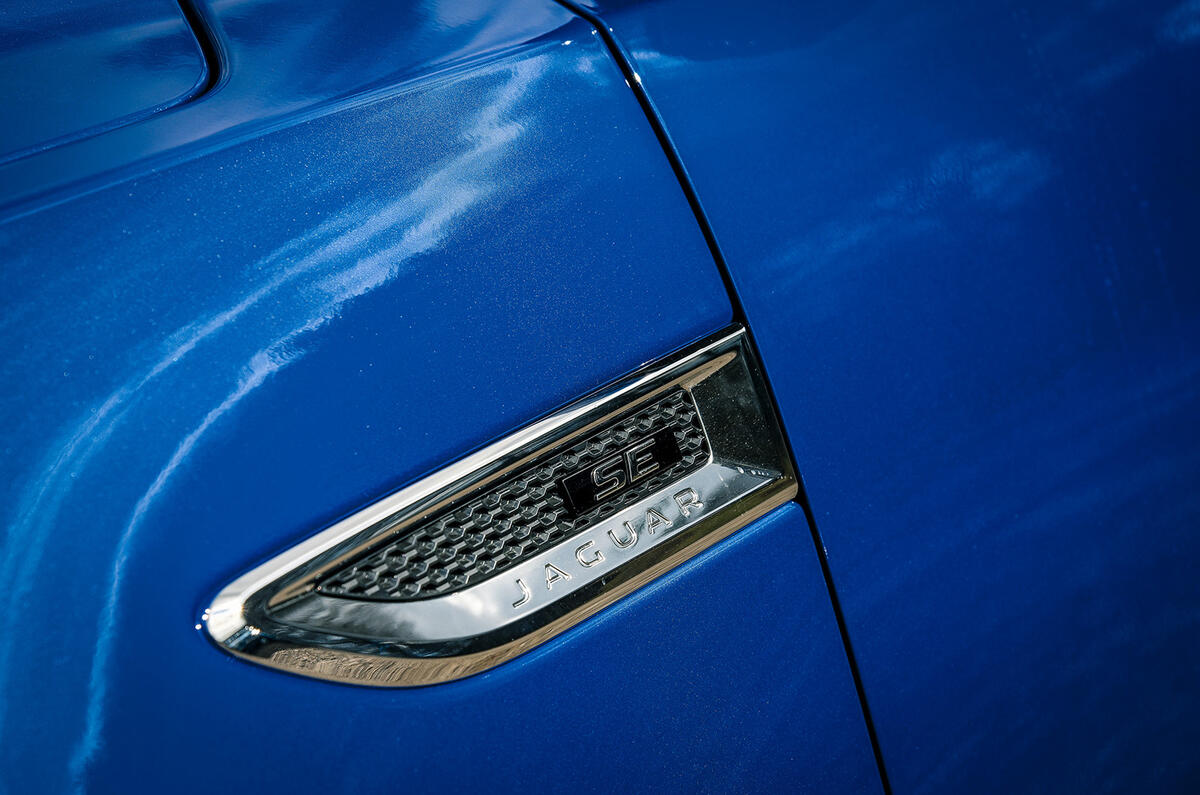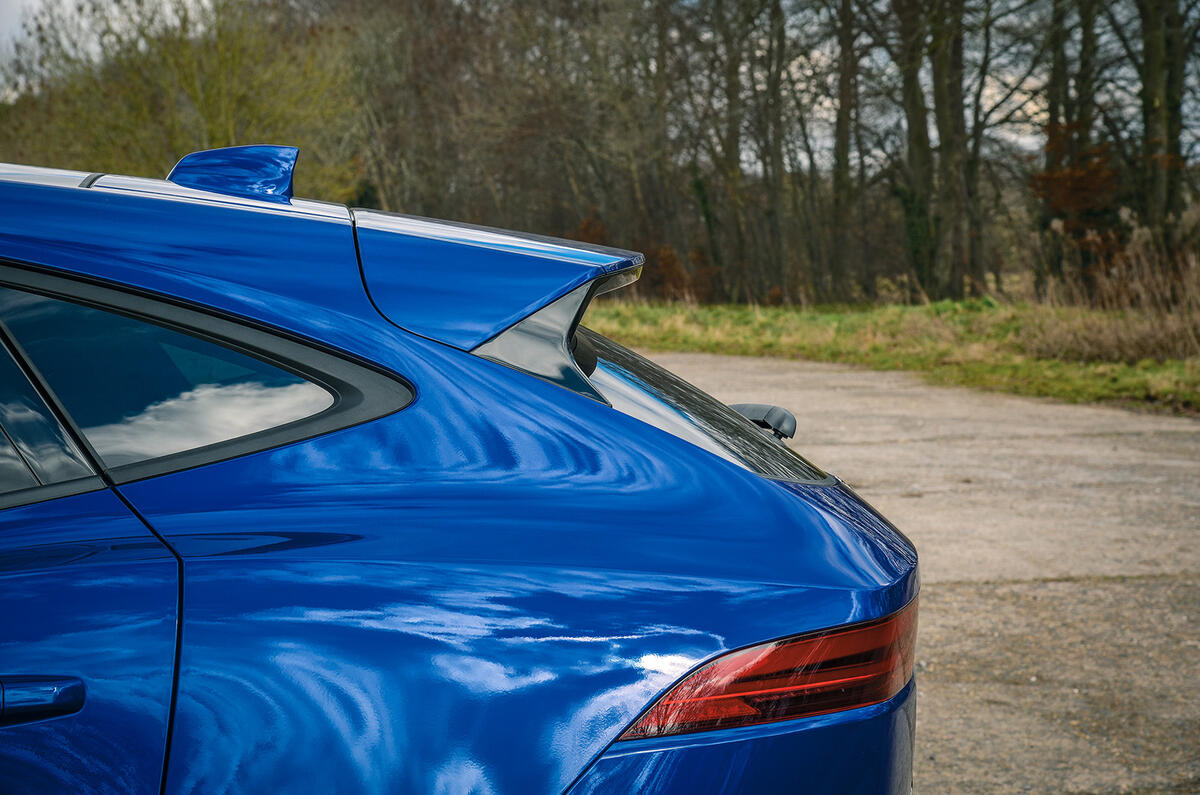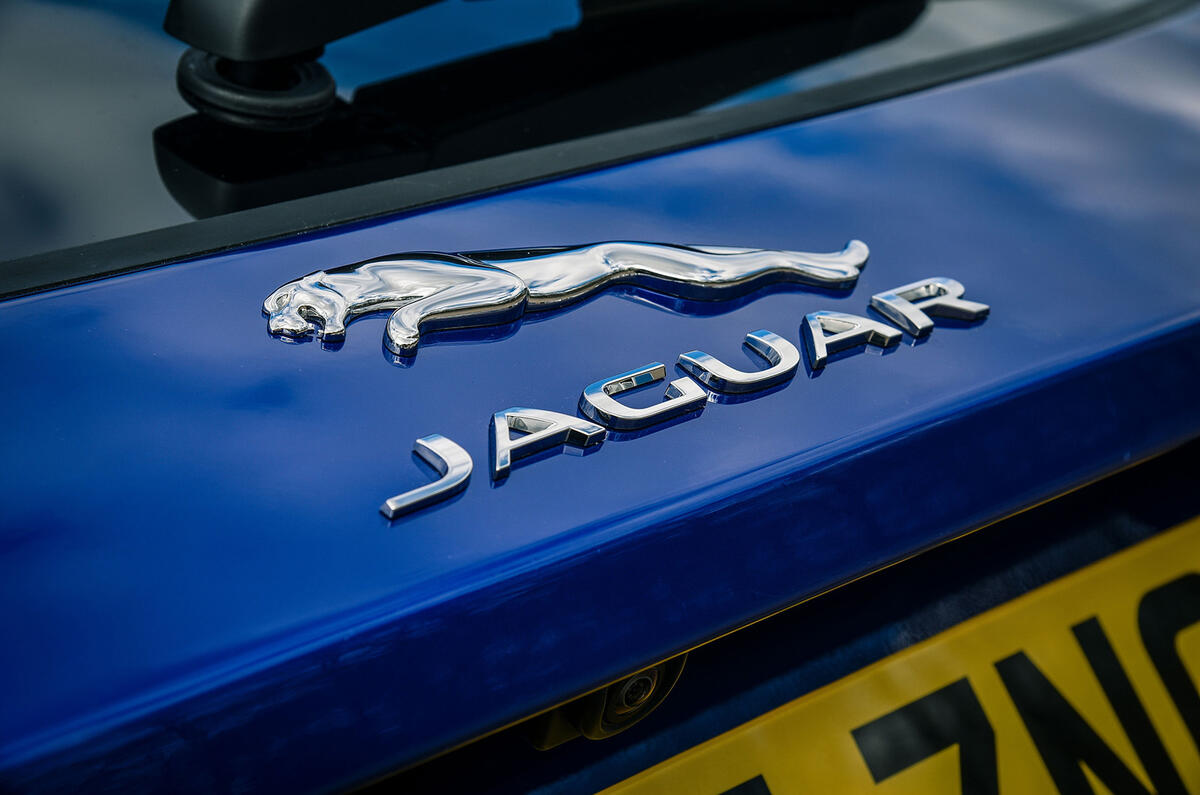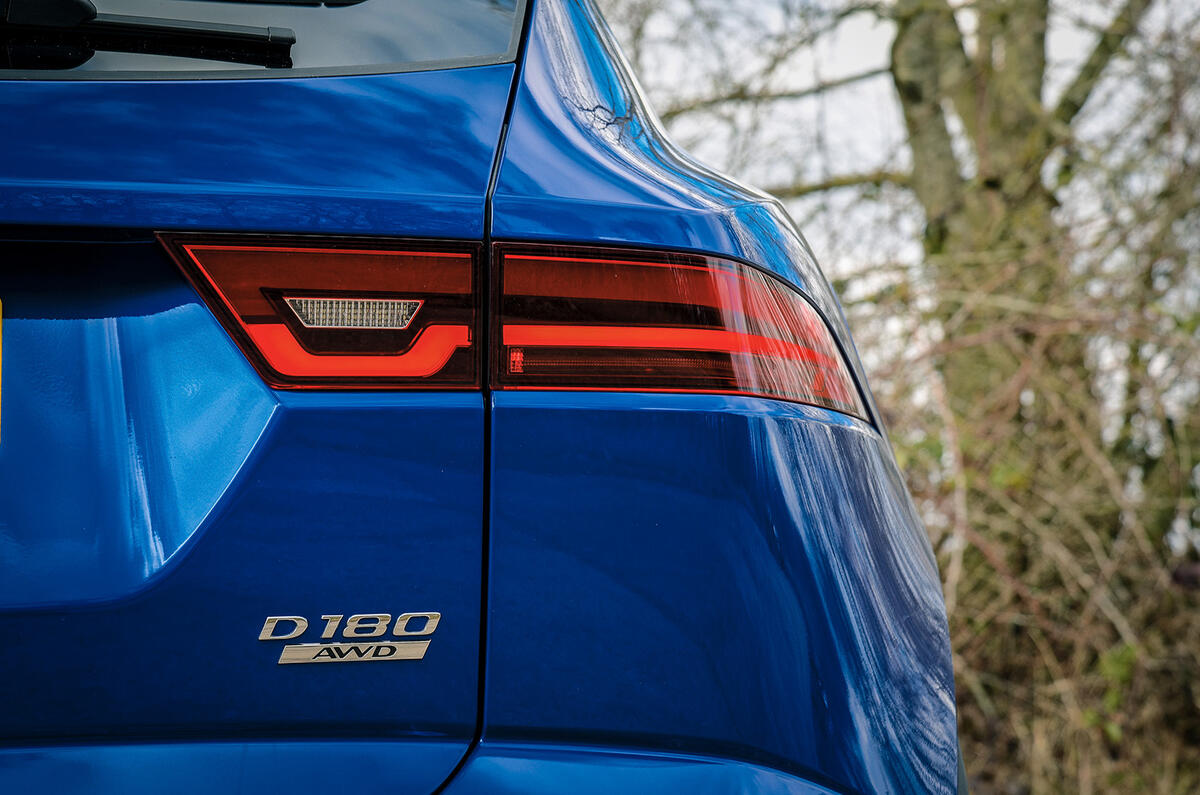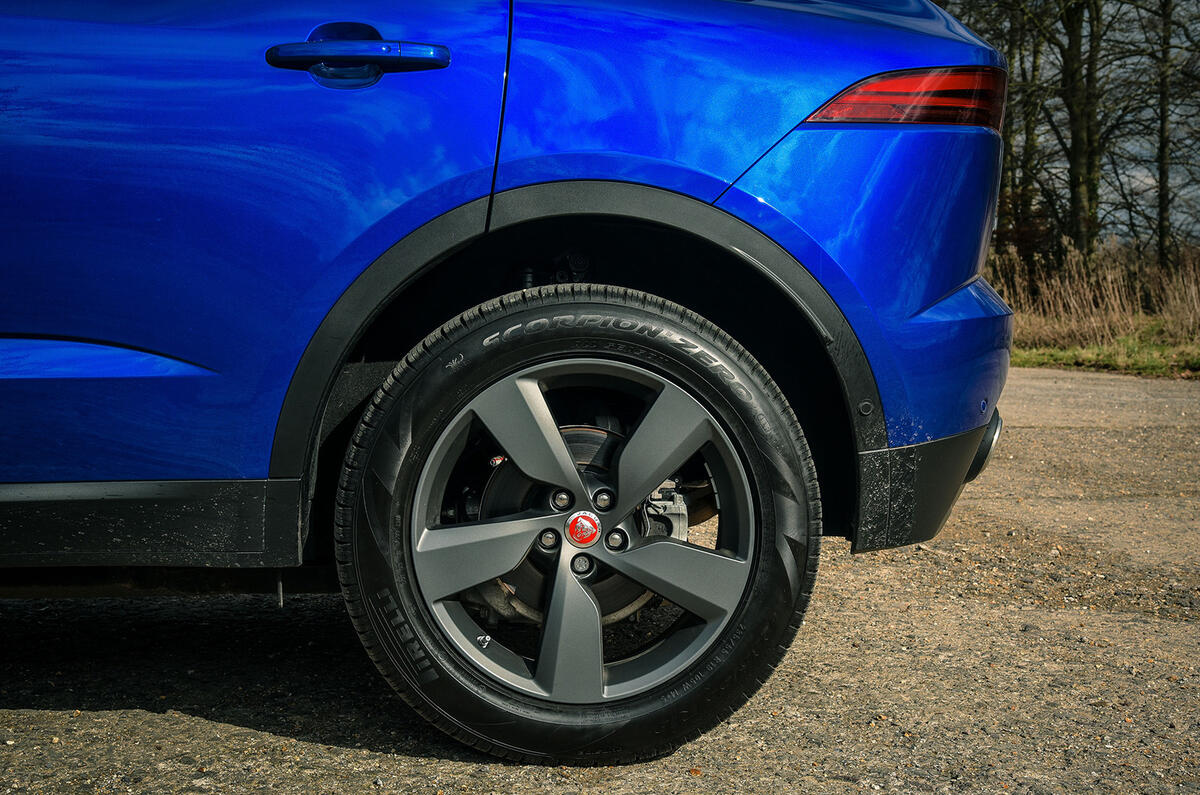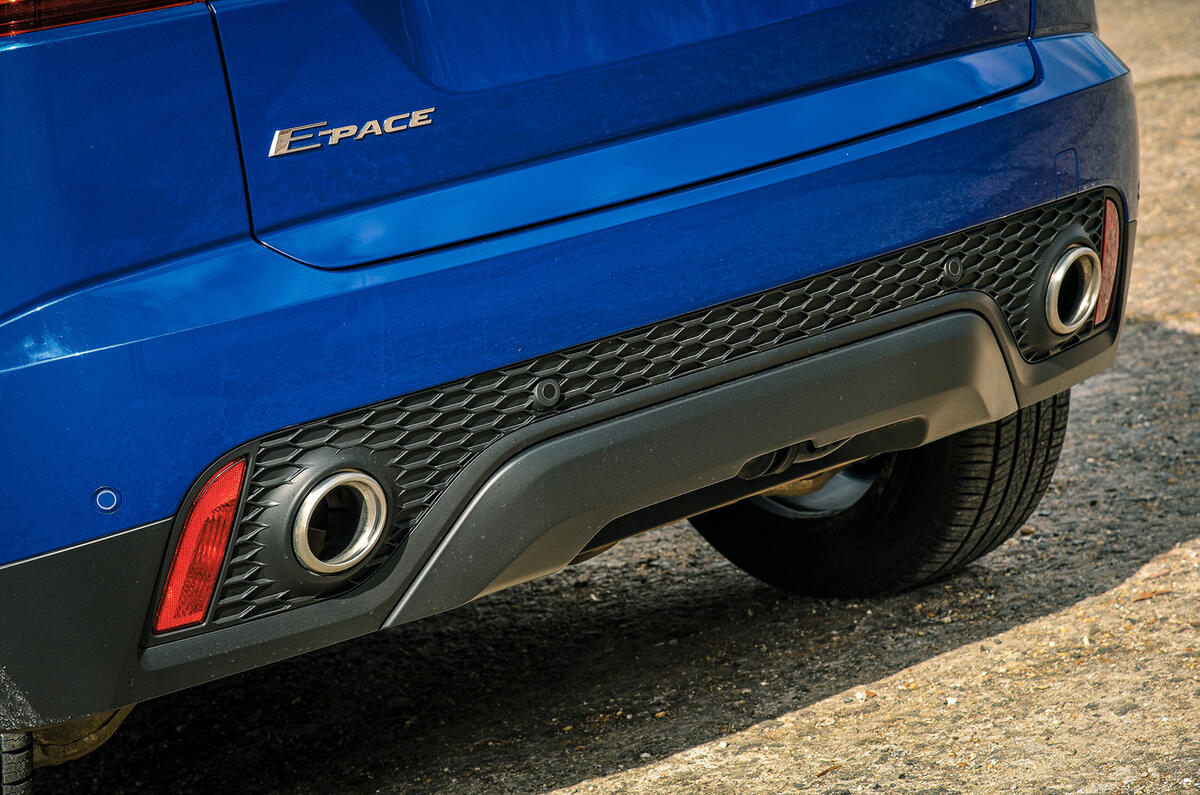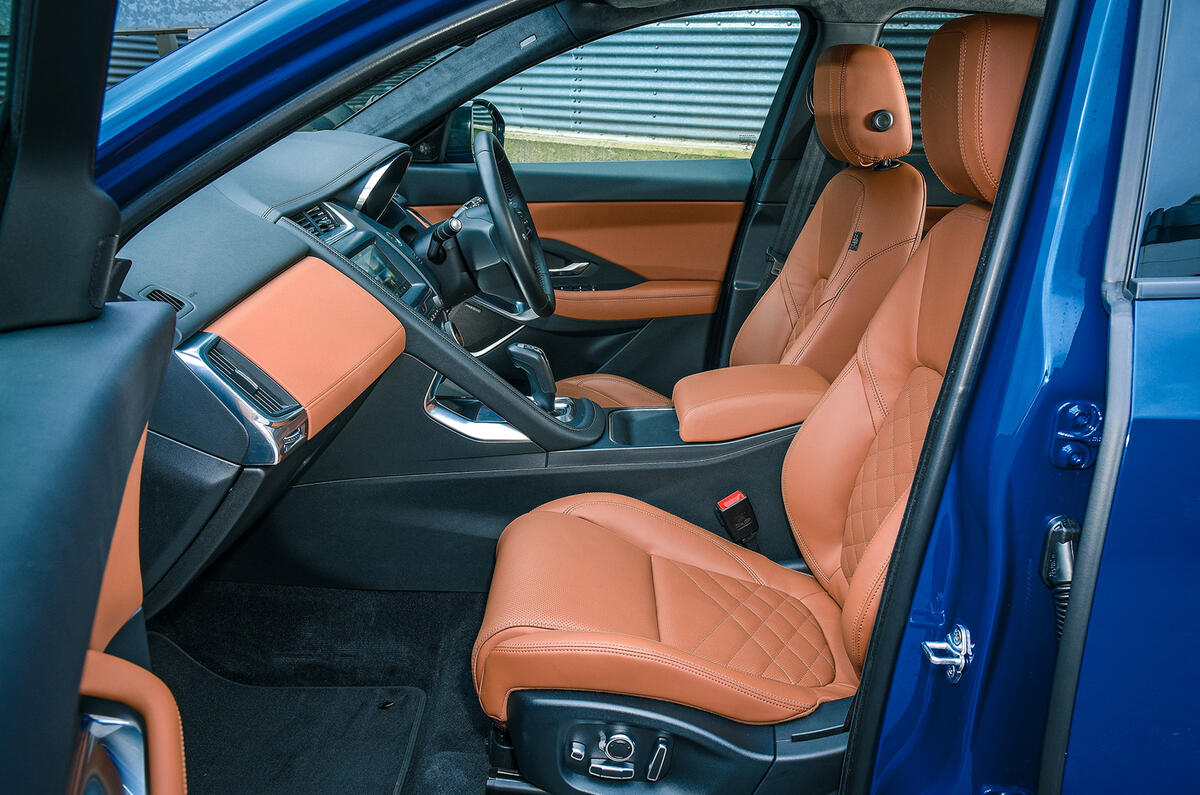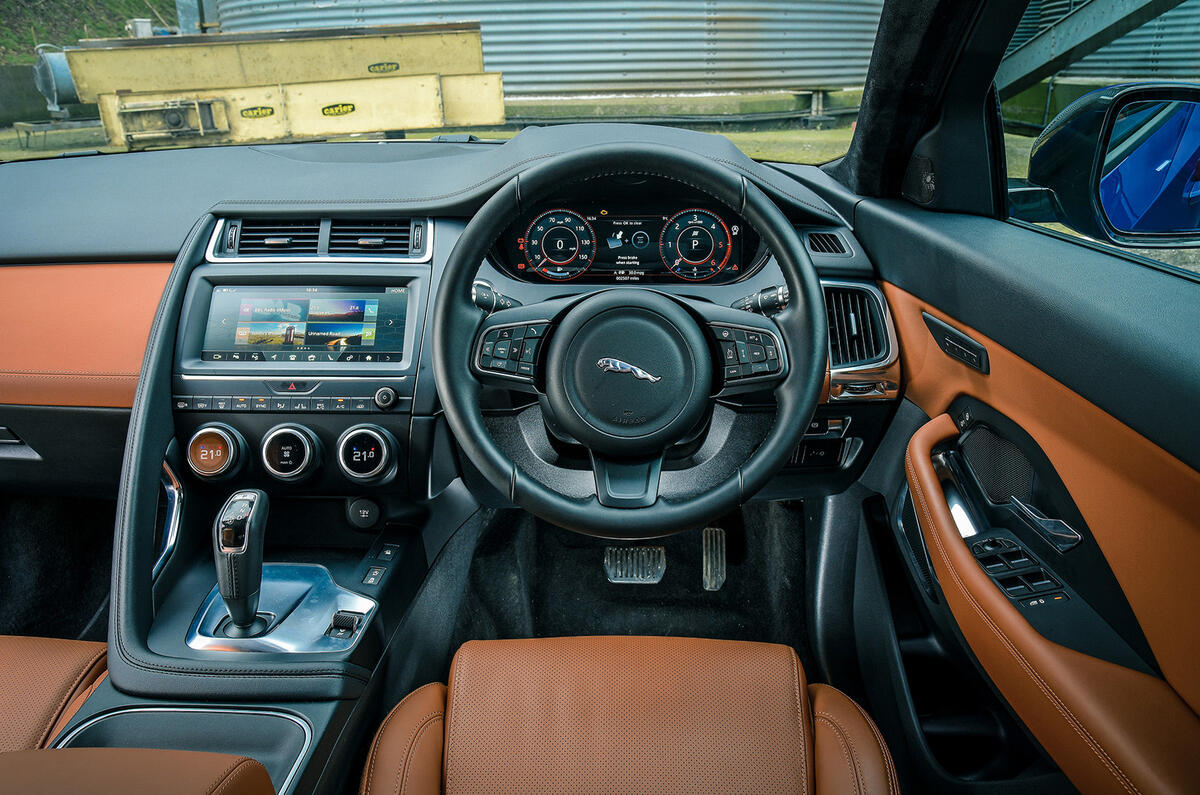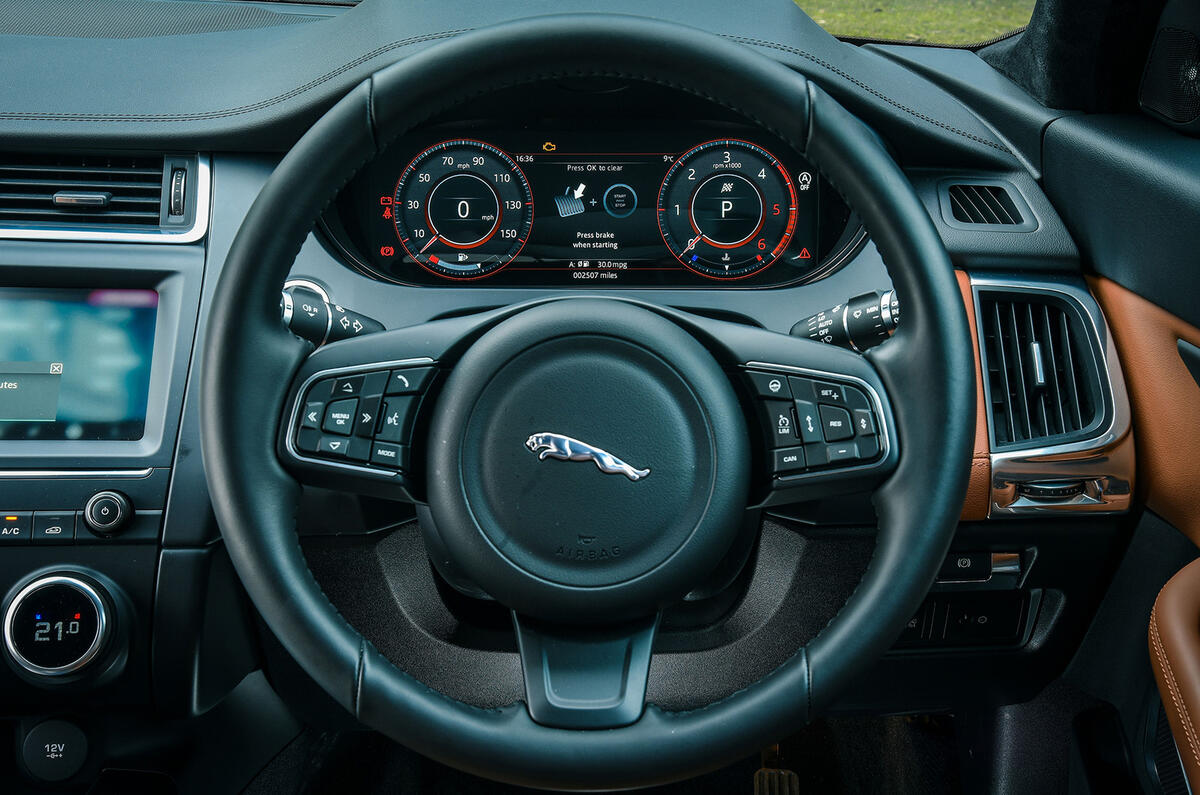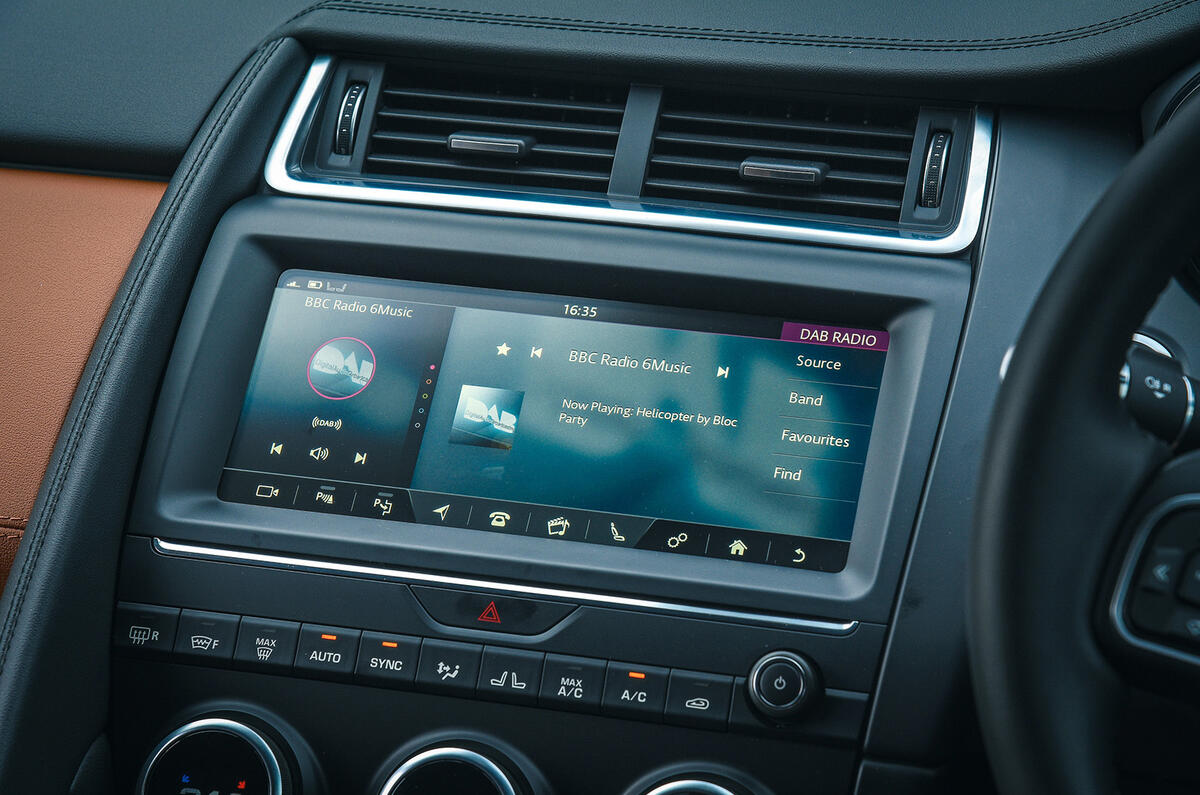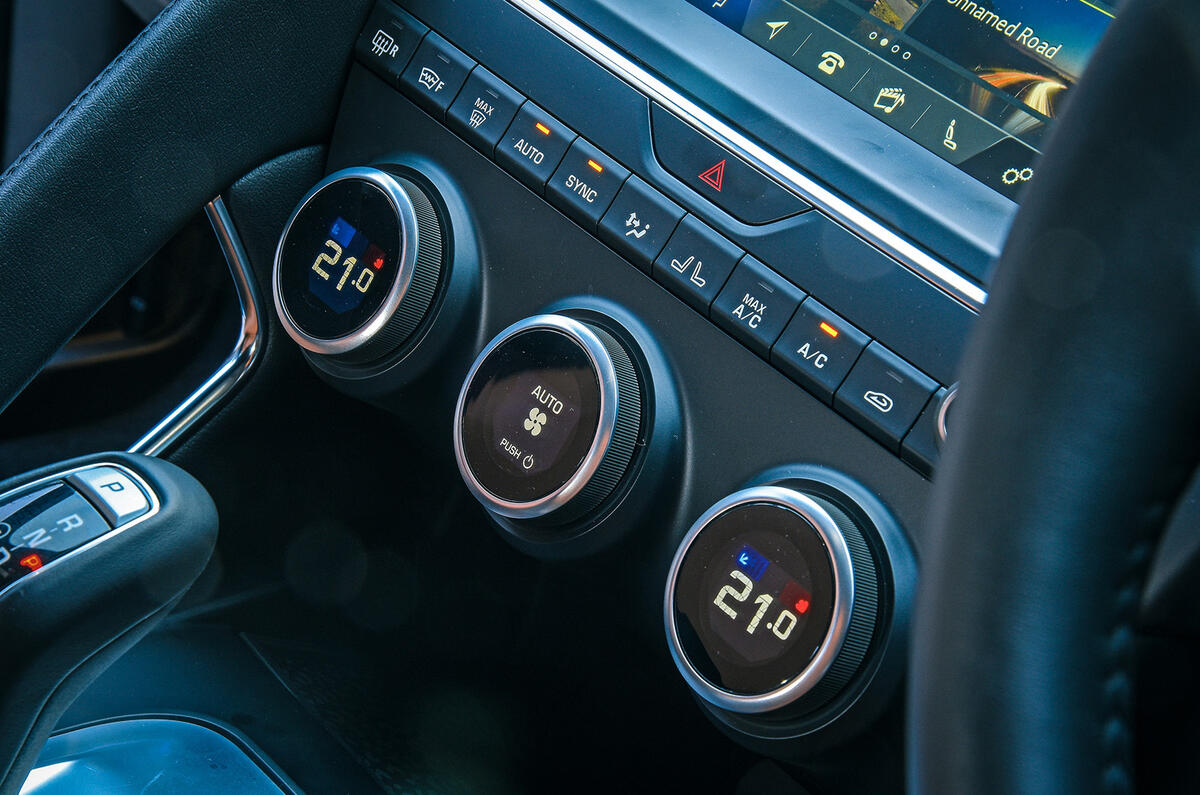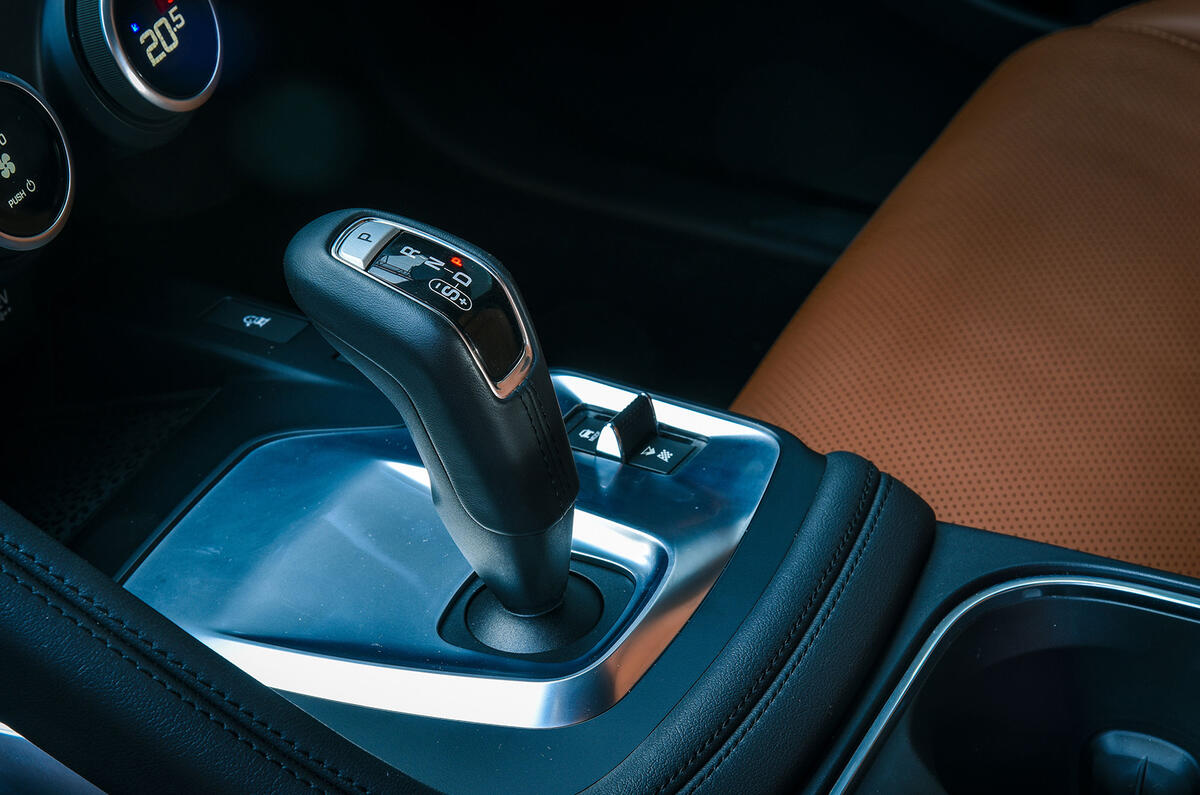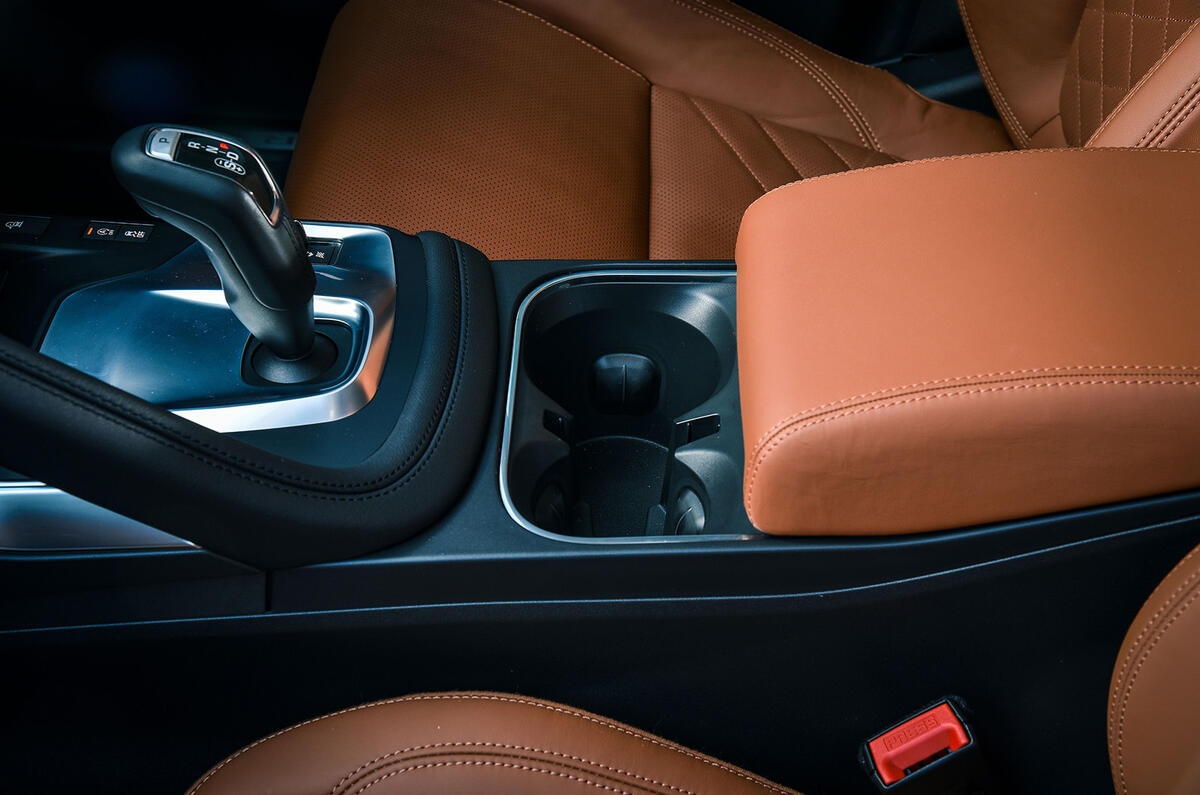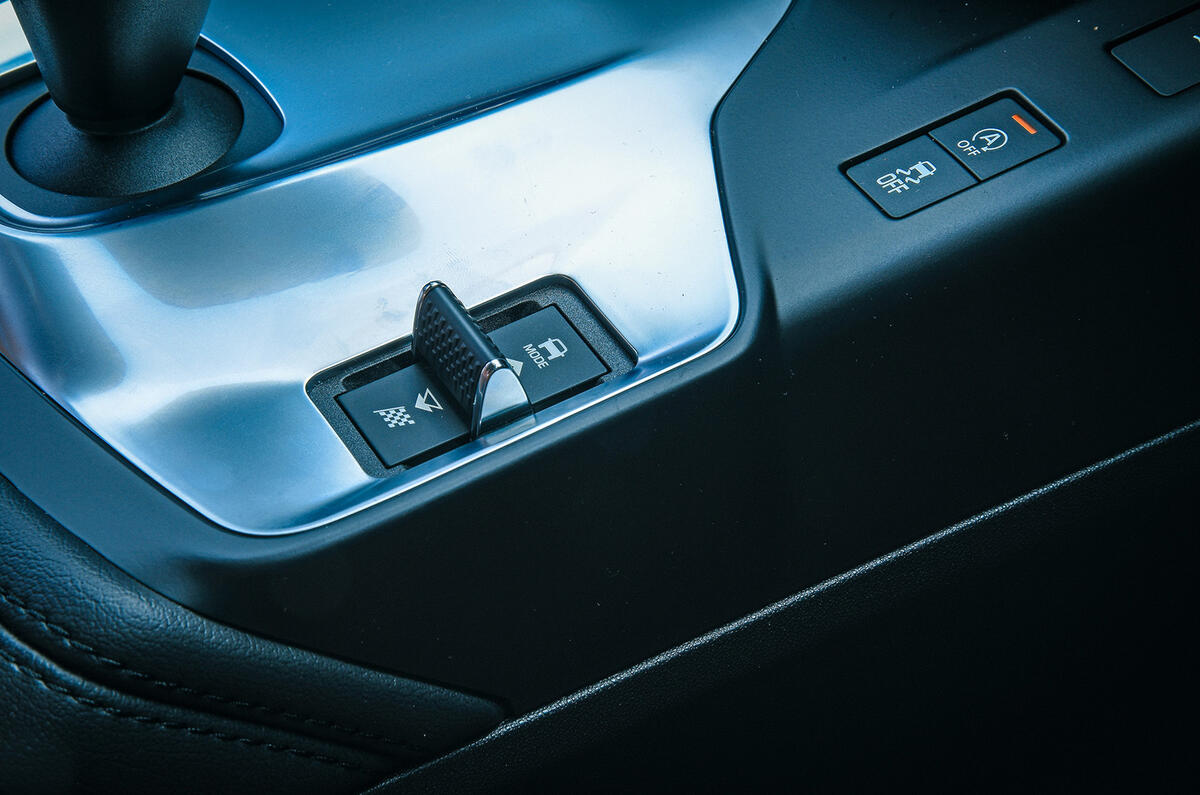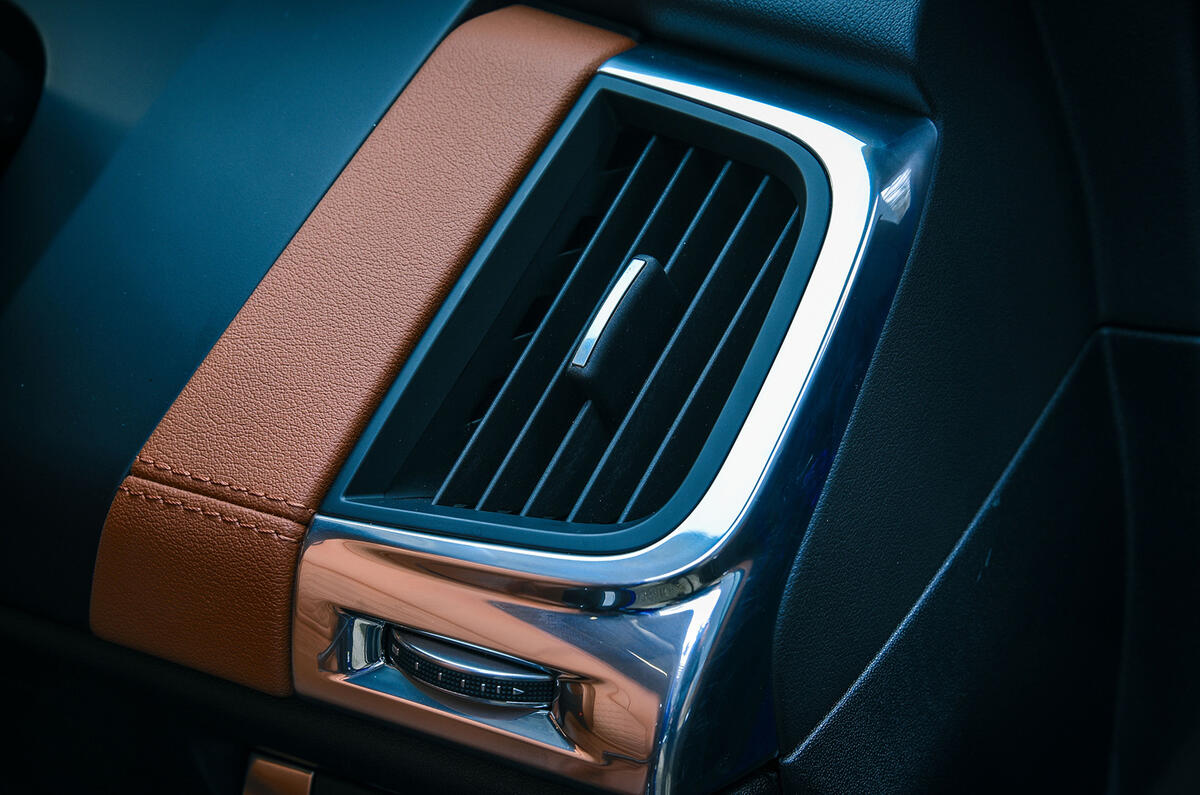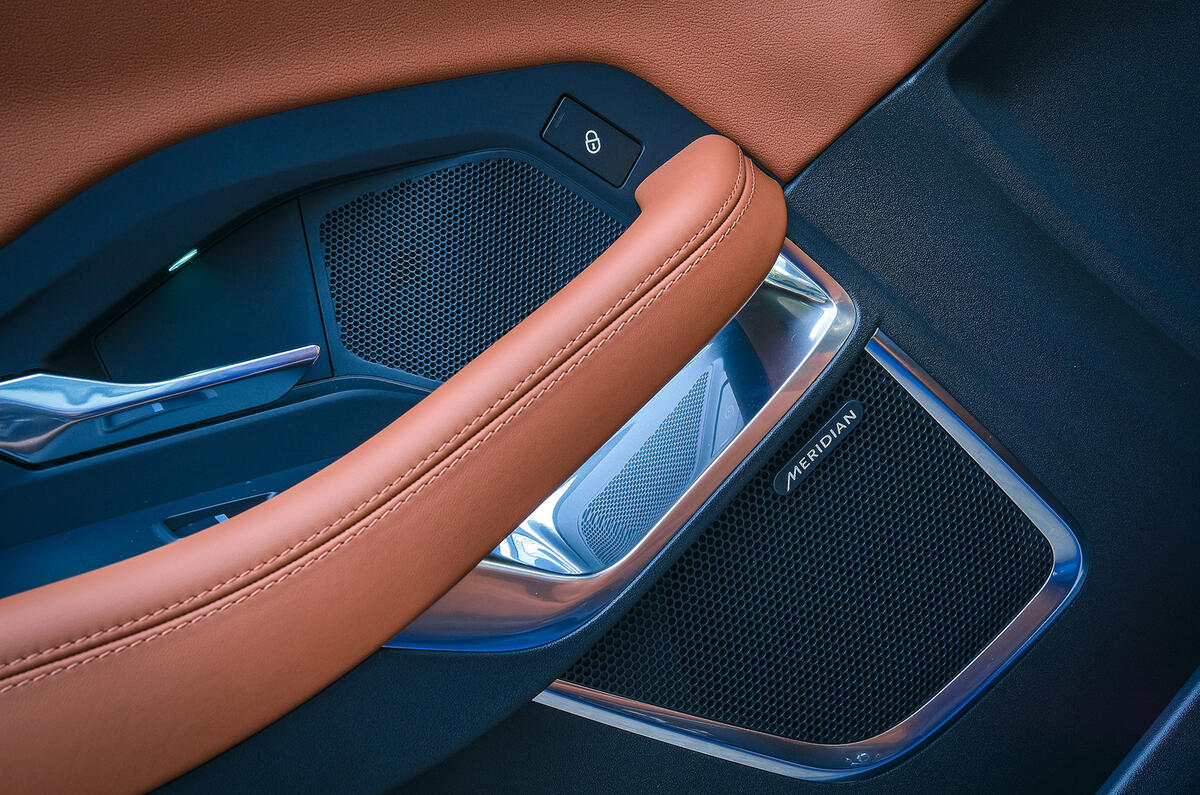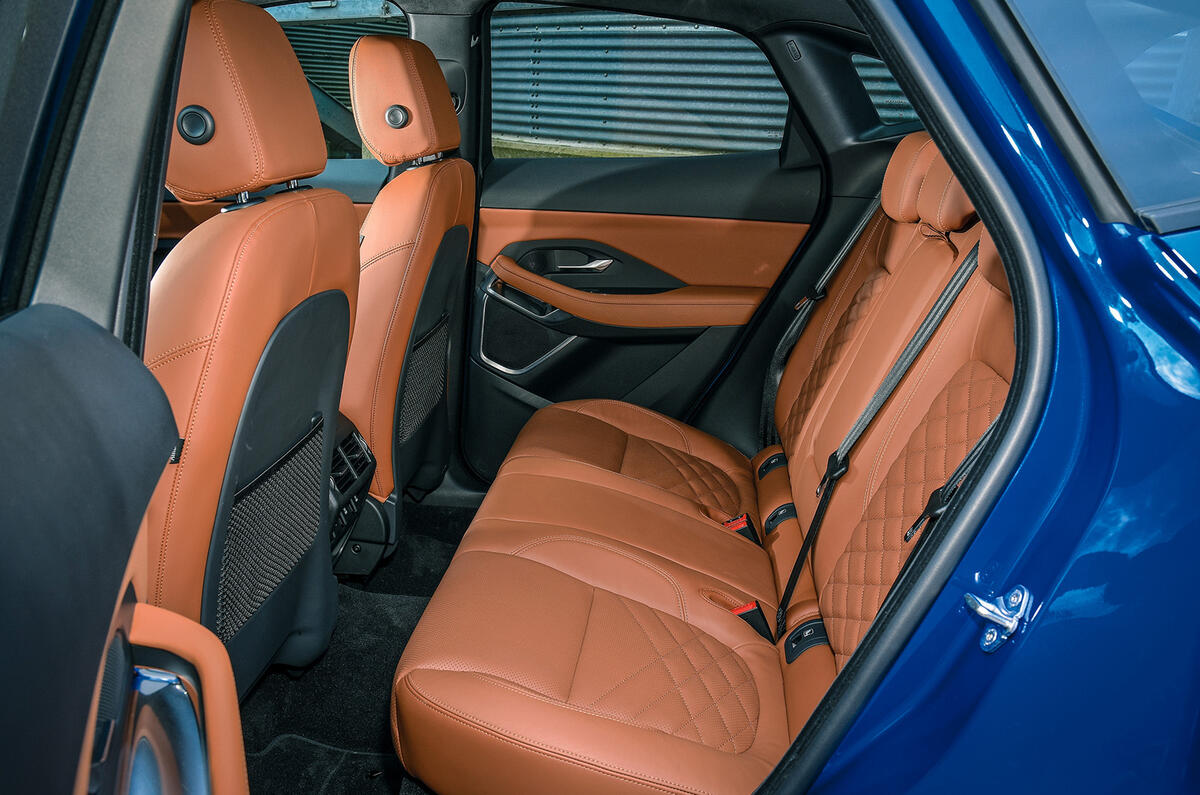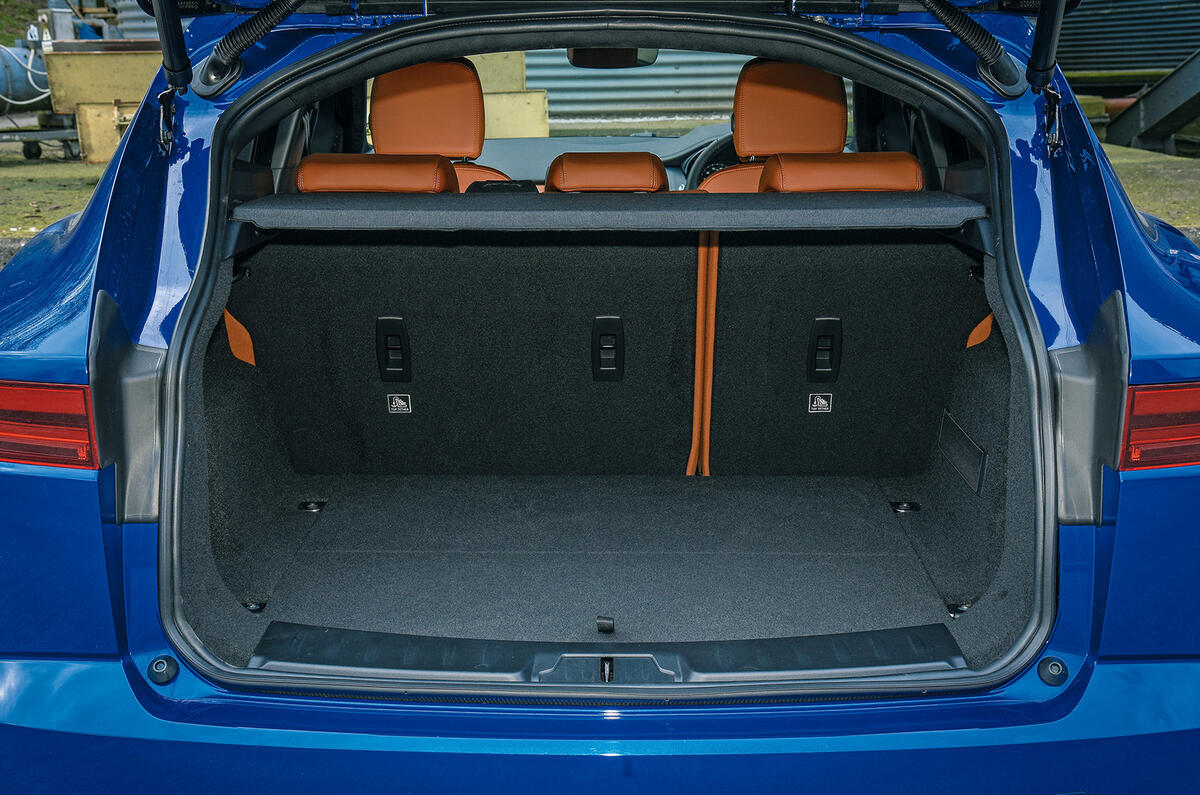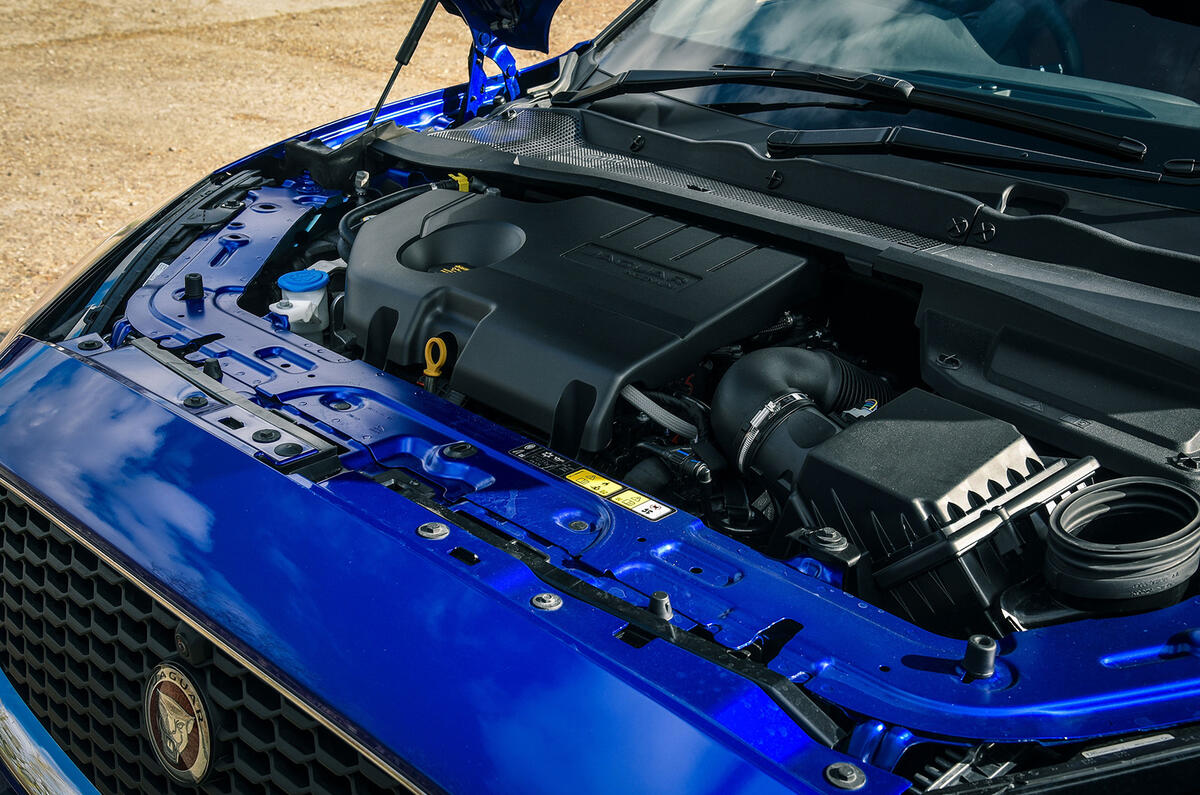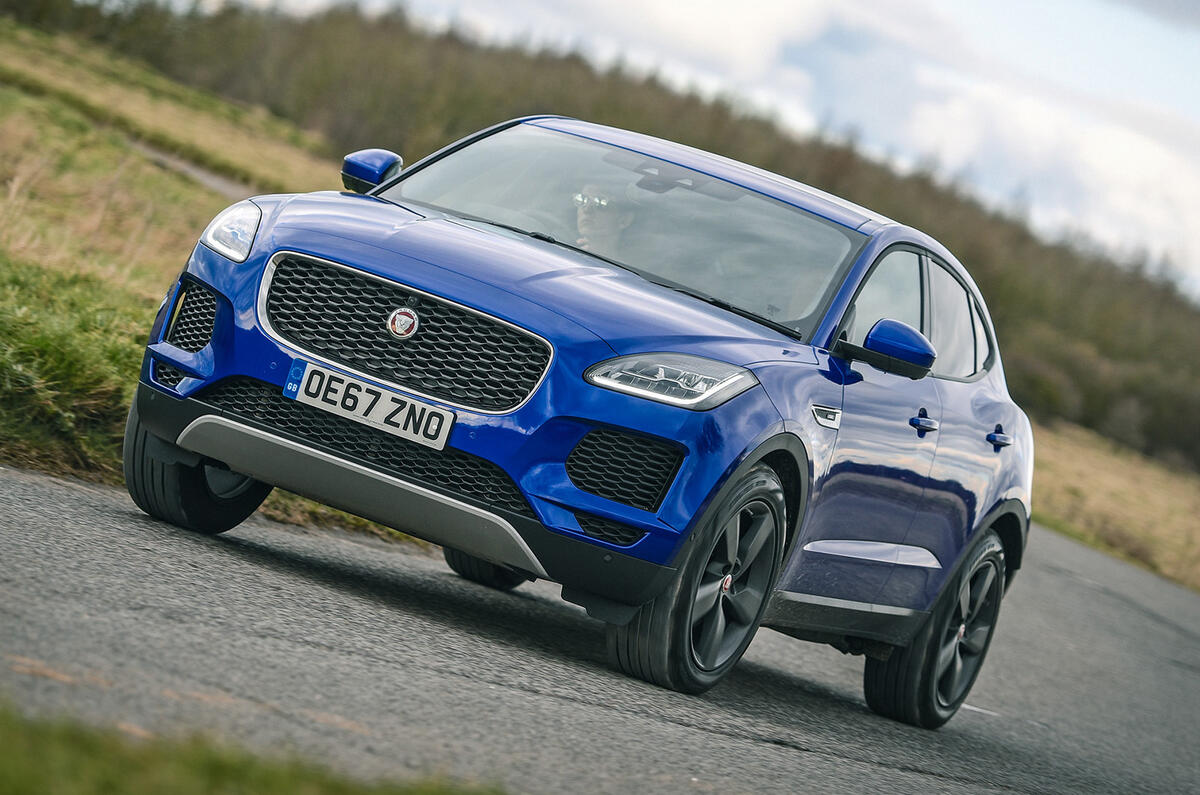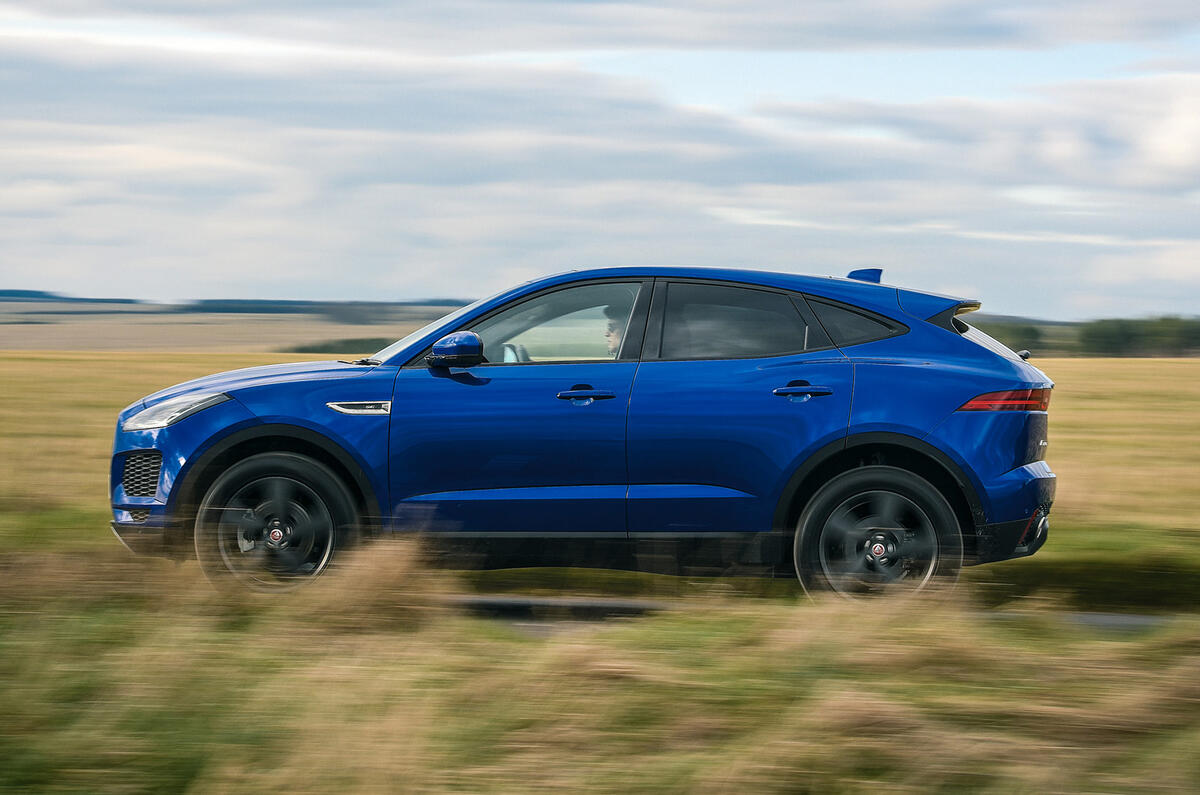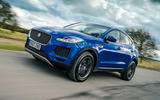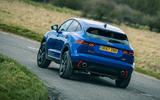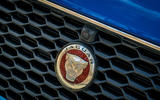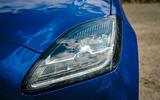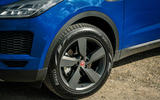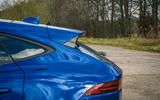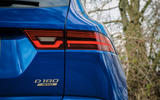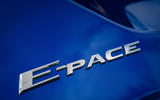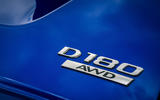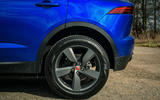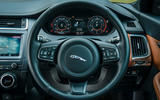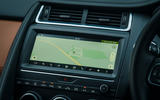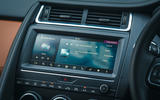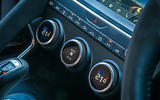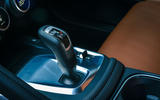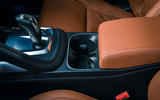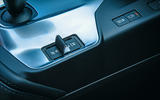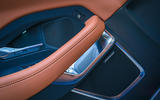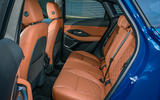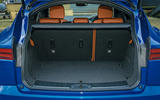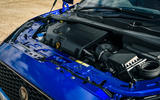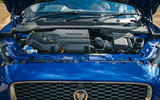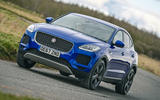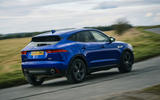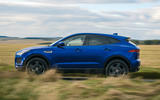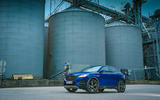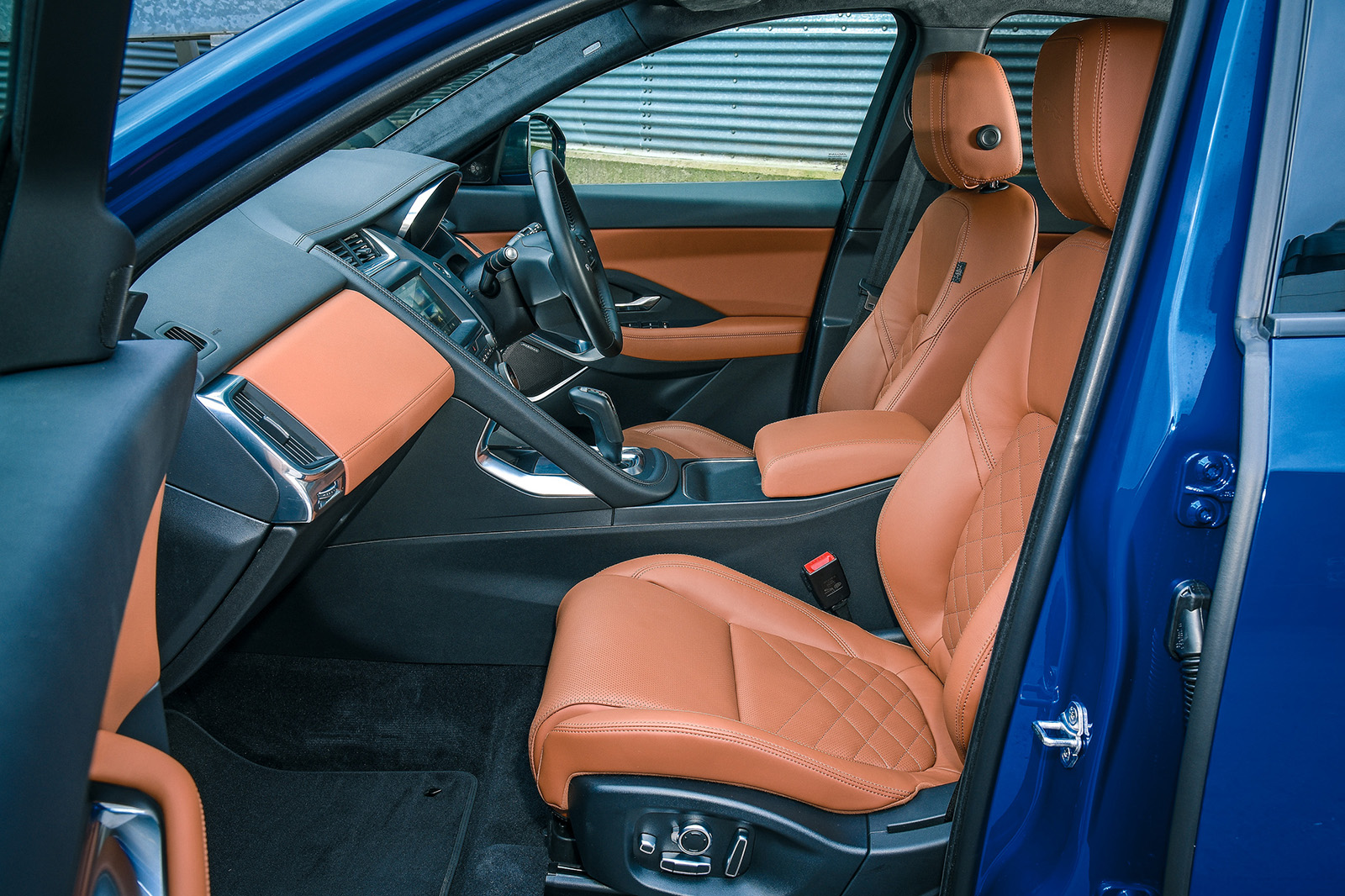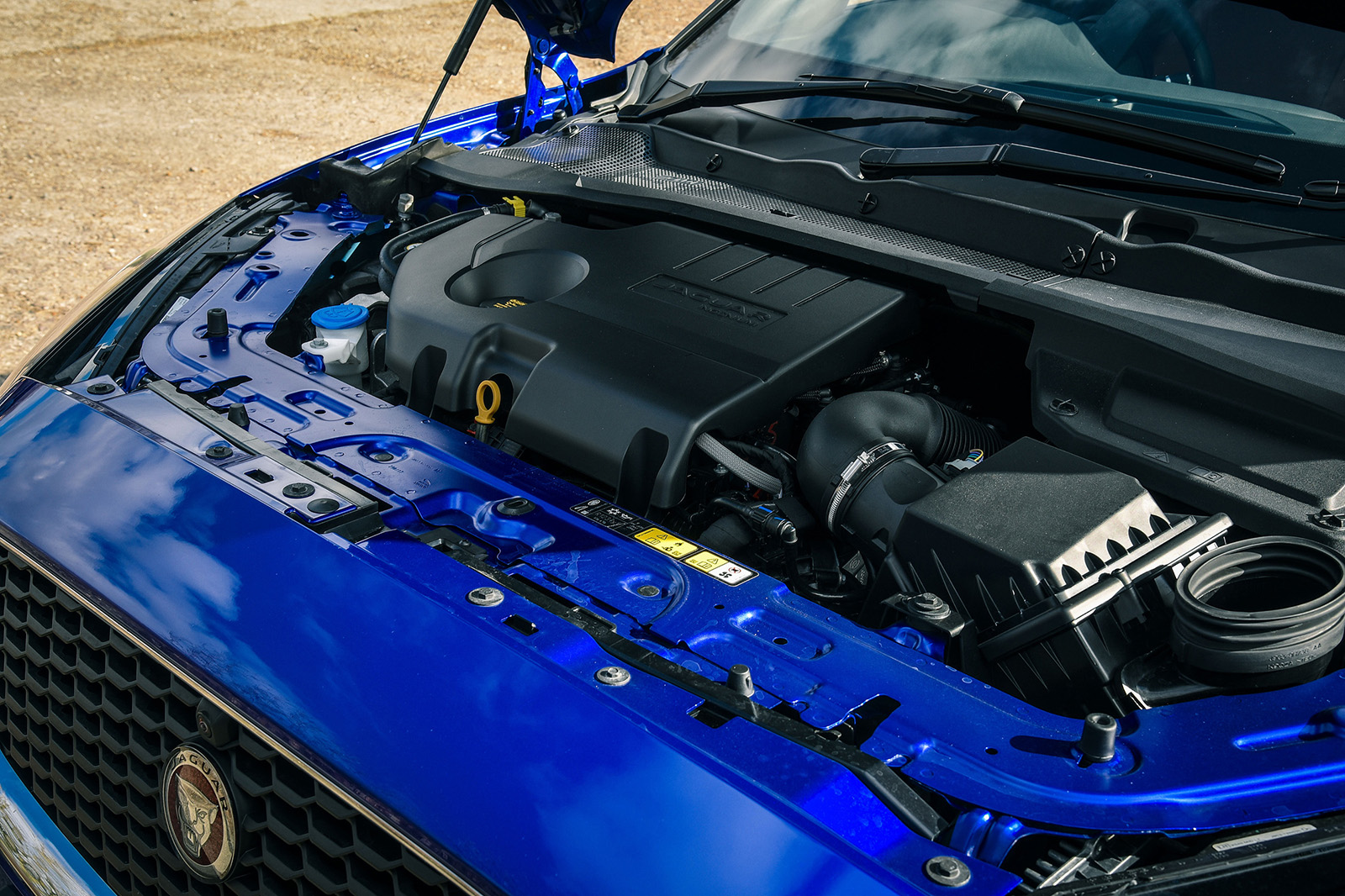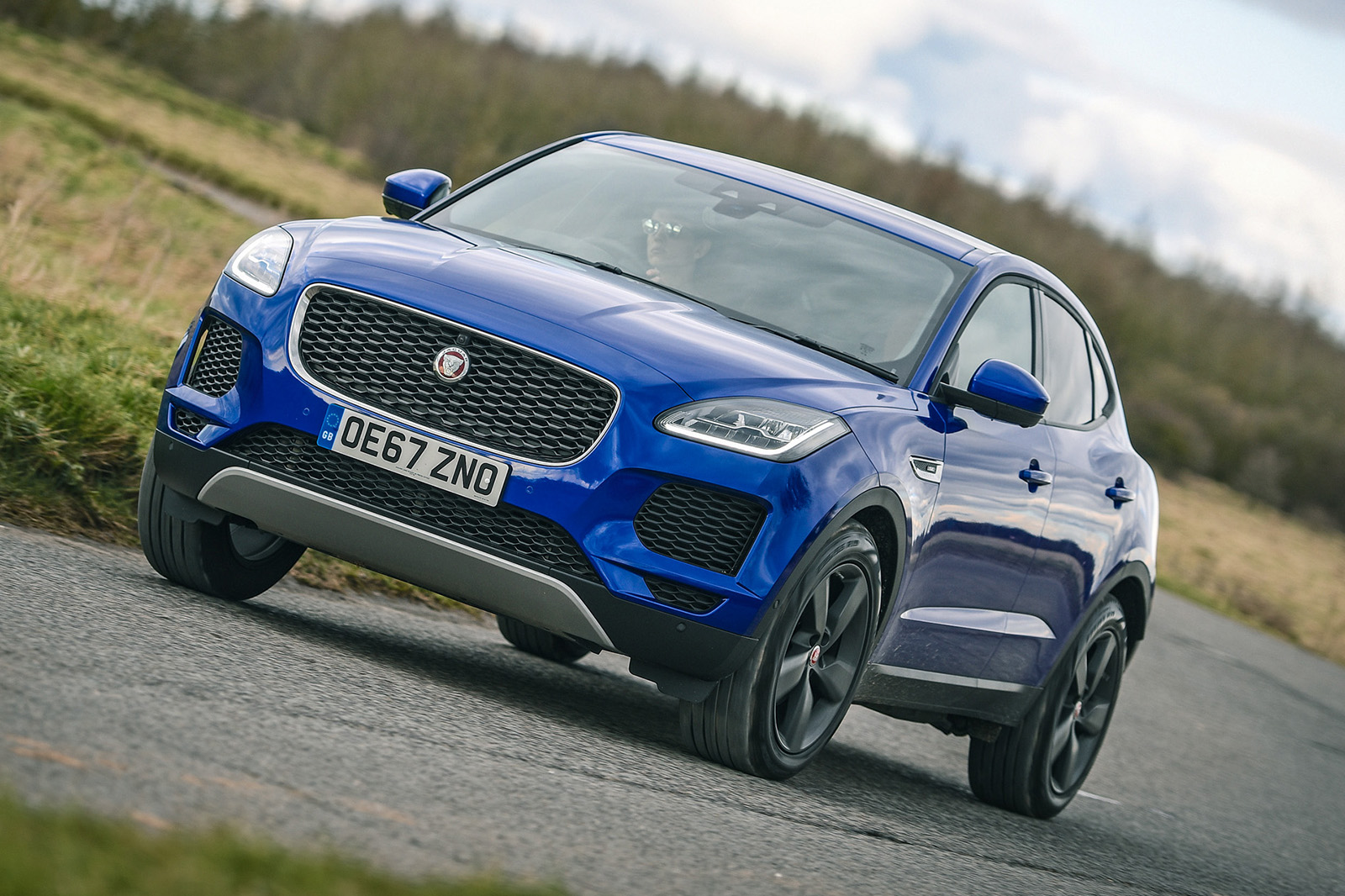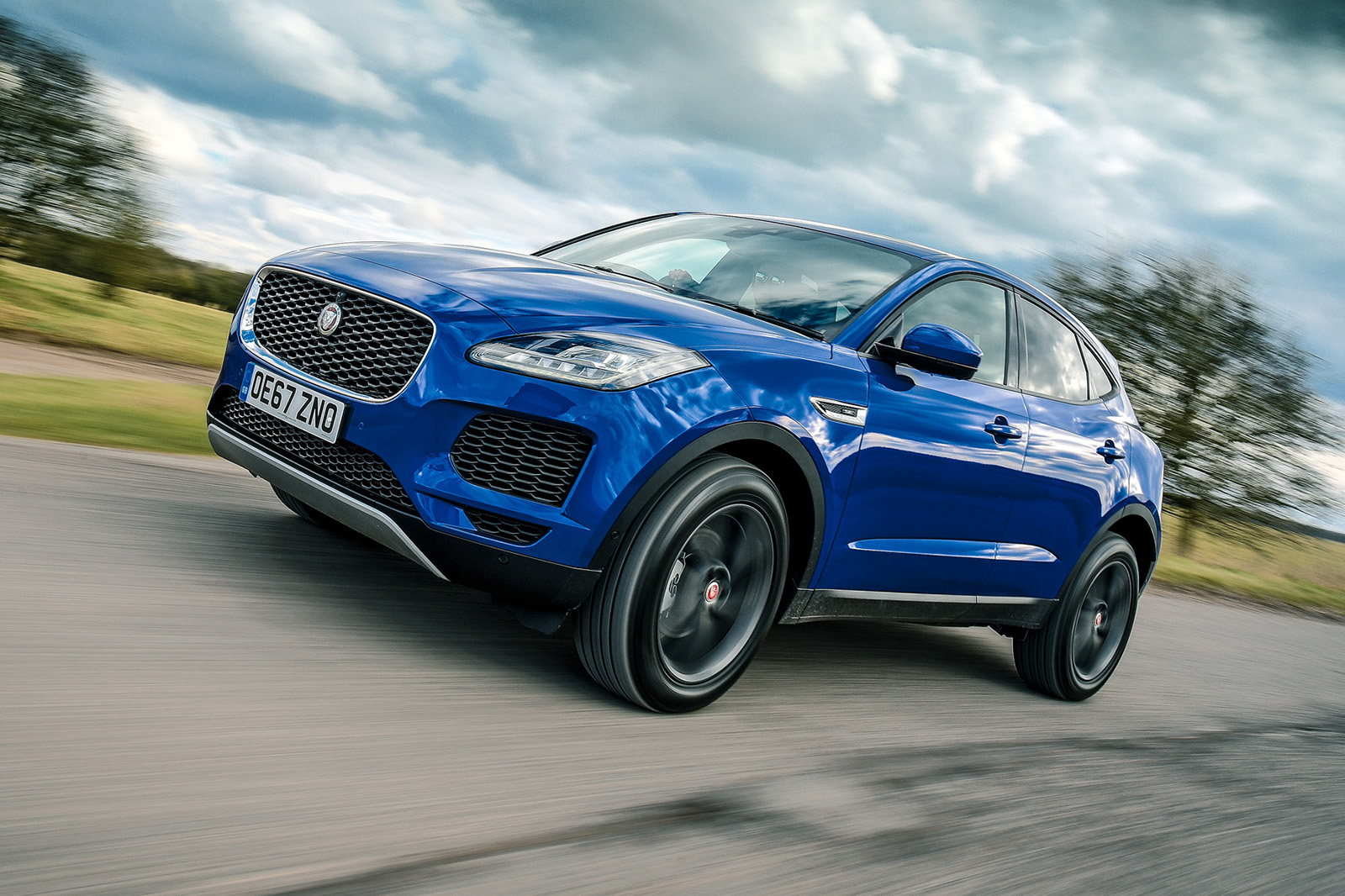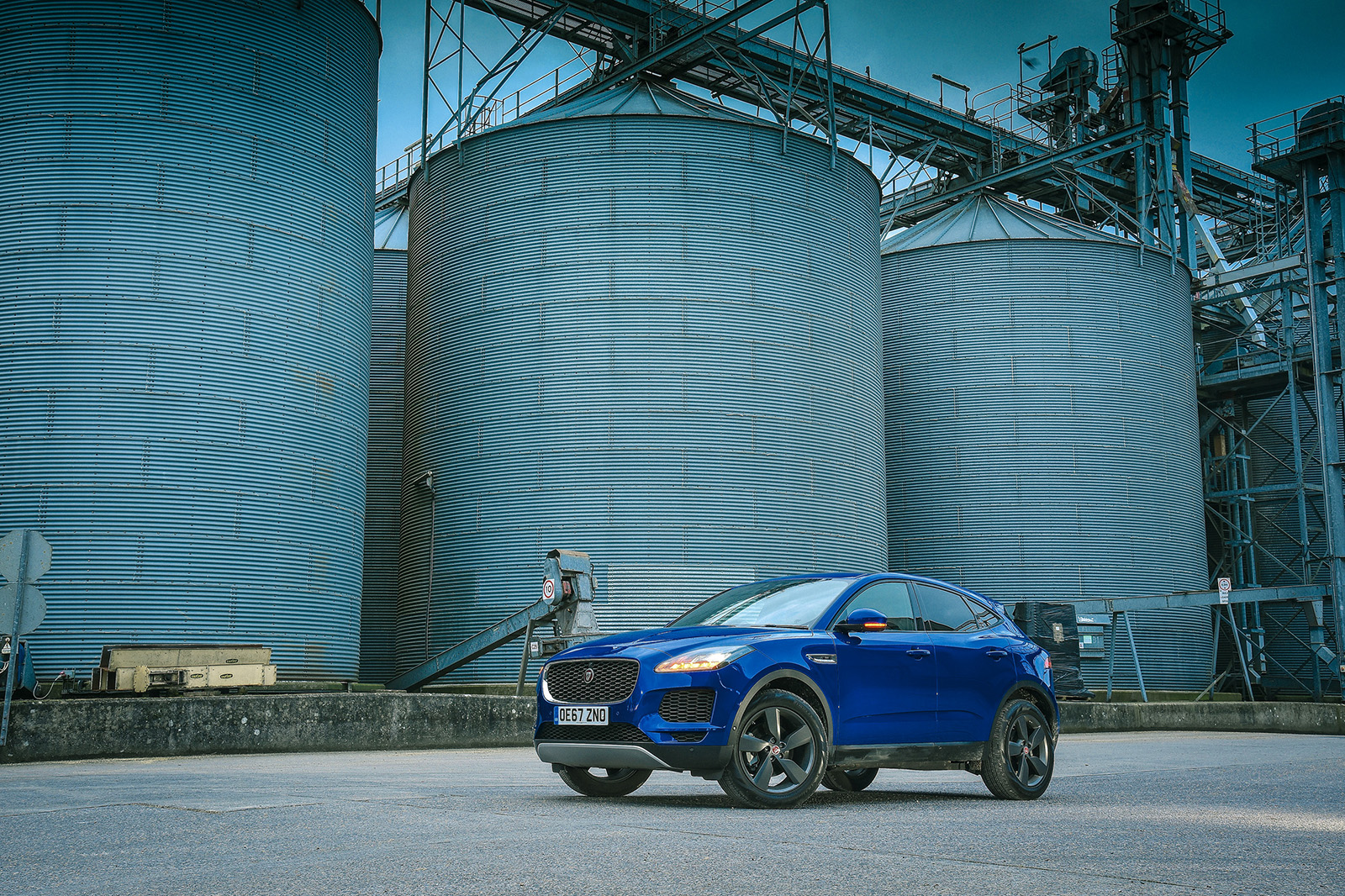Is the Jaguar E-Pace reliable?
A well-maintained and regulalry serviced E-Pace should serve as a relaible family wagon, but keep in mind that it is prone to common faults which are widely known (se below).
With a strong dealer and service network across the UK, as well a great number of independent specialists, shoudl you car go wrong it will be easy to source parts.
It is worth noting that in the What Car? reliability survery, the E-Pace came 29th out of 34 cars in the family SUV categroy, with an overall score of 83.8%. While it finished above rivals like the Range Rover Evoque and Skoda Karoq, the Nissan Qashqai and Volvo XC40 scored better for reliability.
Engine: Test a used diesel Ingenium model from cold, because an engine rattle on start-up could be a sign of a worn timing chain. The chain can stretch and snap, causing engine failure.
Jaguar dealers can fit an upgraded chain to eliminate the issue.
A blocked diesel particulate filter (DPF) is common, and oil dilution can happen as a result.
Test drive a diesel on a long journey and see if it goes into limp mode or an engine management warning light illuminates. Replacement DPFs are pricey.
Watch for any AdBlue leaking from hoses and filler caps and that the air breather pipes aren’t rubbing on engine components.
The engine fan can burn itself out by running at full speed for too long. A software update resolved the issue, but check the history of any car you’re viewing.
Gearbox: The gearbox has been known to kick itself out of gear, and there can sometimes be a delay between selecting a gear and the vehicle moving.
Take any used car on a lengthy test drive and feel for any jerky gearchanges.
Brakes: Brake hoses on early models are known to chafe on the wheel, resulting in a brake fluid leak. This ought to have been resolved, but a dealer should tell you if your car was affected, and be sure to check the service history.
Infotainment: Later touchscreen displays can suffer from software glitches. An update by a dealer should resolve the issue, but make sure you play around with the system to check it works properly.
Body: Check the tailgate opens and closes properly, as the struts are prone to failure.
An owner’s view
Dan Walker: “During my nearly four-year ownership of my E-Pace, it has proved a comfortable motorway cruiser, and it feels pretty settled on a twisty B-road.
"It’s surprisingly economical for a heavy, four-wheel-drive SUV, too. The Pivi Pro infotainment system can be temperamental at times, but I’ve not had any out-of-the-ordinary maintenance costs or issues.
"The Chequered Flag special edition commands a higher road tax, though, and servicing costs can be expensive. I’ve put just shy of 60,000 miles on my car, and overall I’m very happy with it.”
Also worth knowing
The E-Pace gained a five-star Euro NCAP safety rating, scoring highly for both adult and child occupant safety.
Several trims were offered across the E-Pace range, the main ones being S, SE and HSE. The range-topper gets you 20in wheels, a 12.3in touchscreen and keyless entry.
Sportier-looking R-Dynamic trims came later.




